
We all want high productivity – maximum output for the least input, the most blast for our buck! We know that high payback will entail a level of risk, but again, we want to minimize our downside risks and maximize the opportunities that may be available to us. We need practical ways to achieve this. Good Capital Asset Management™ will deliver that – how? Well, here’s a simplified scientific explanation of how that works. [Read more…]
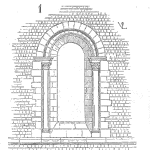

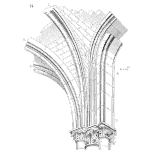



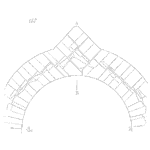
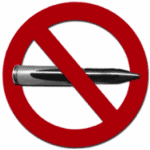
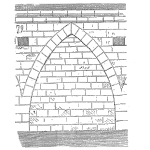

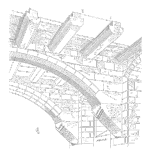

 Ask a question or send along a comment.
Please login to view and use the contact form.
Ask a question or send along a comment.
Please login to view and use the contact form.